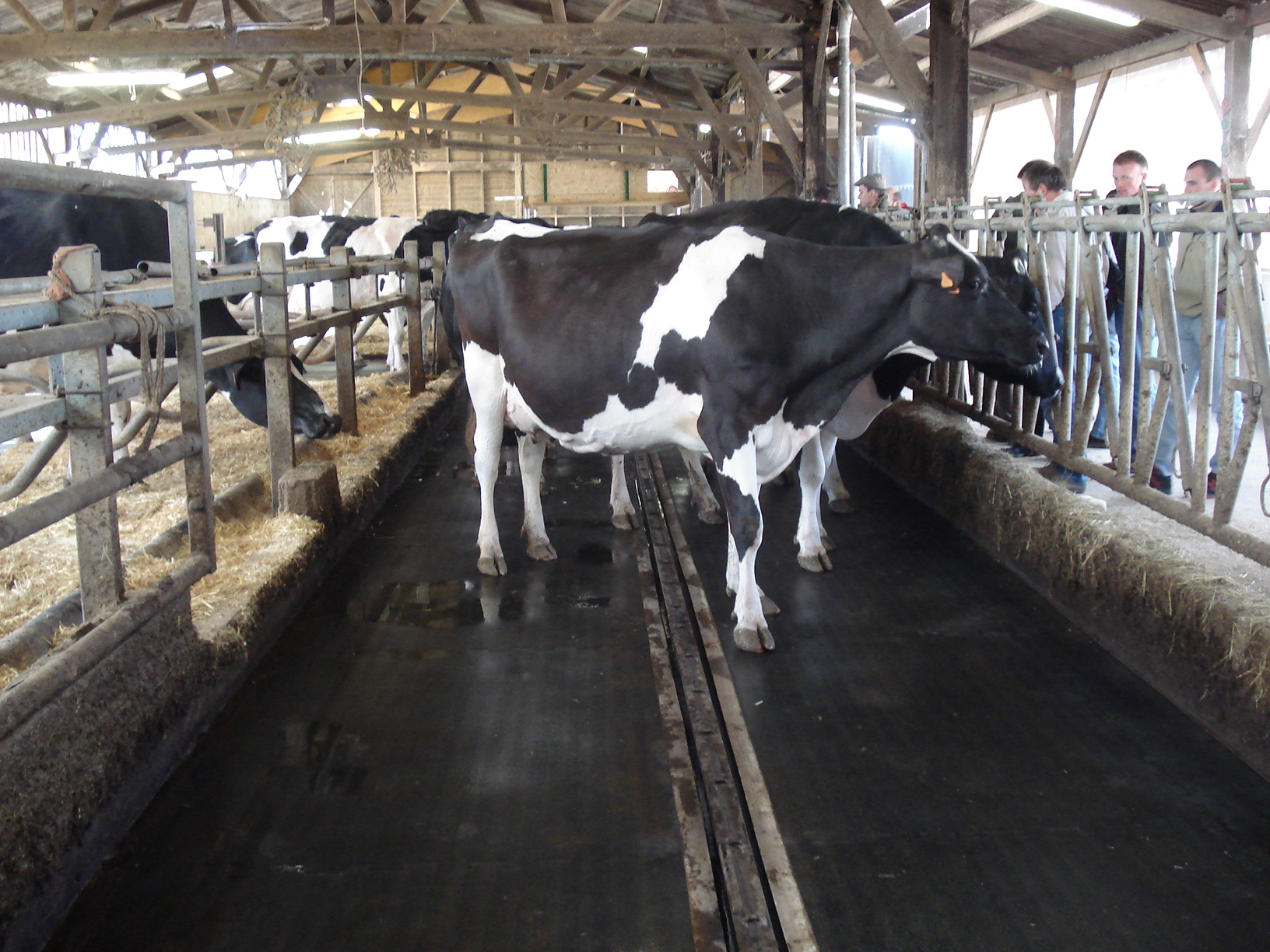The University of Alberta Department of Agricultural Food and Nutritional Science published a study that showed lameness is one of the most serious ailments facing dairy cows, and inappropriate flooring has been implicated as a cause. Use of concrete flooring has been associated with increased hoof problems. Increasing both the softness and the degree of surface friction of the floor improves cow mobility and reduces the risk of injury from falls. Softer flooring in front of feed bunks can increase the time cattle spend close to the feeder and may increase feed intake. The study compared un-grooved concrete flooring with Animat’s softer rubber flooring options which has a rough surface providing good friction. When walking on Animat, the cows walked about 8% faster and slipped less: 70% of cows slipped at least once when walking on the concrete but only 20% slipped when walking on Animat. We compared dry cows that were kept in a pen where the floor in front of the feed bunk was either slatted concrete or slats covered with Animat. With Animat, they found that the cows spent longer standing at the feed bunk (an average of 5.5 hours per day) than when there were concrete floors in front of the feed bunk (4.8 hours per day). Lame cows have a reduced feed intake: other studies reported that each instance of lameness was associated with a reduction of 28 kg in dry matter intake. The study recommends that dairy farmers place softer flooring (with
an appropriate degree of friction) in front of feed bunks, to improve comfort in this area and to reduce time spent standing in stalls.

